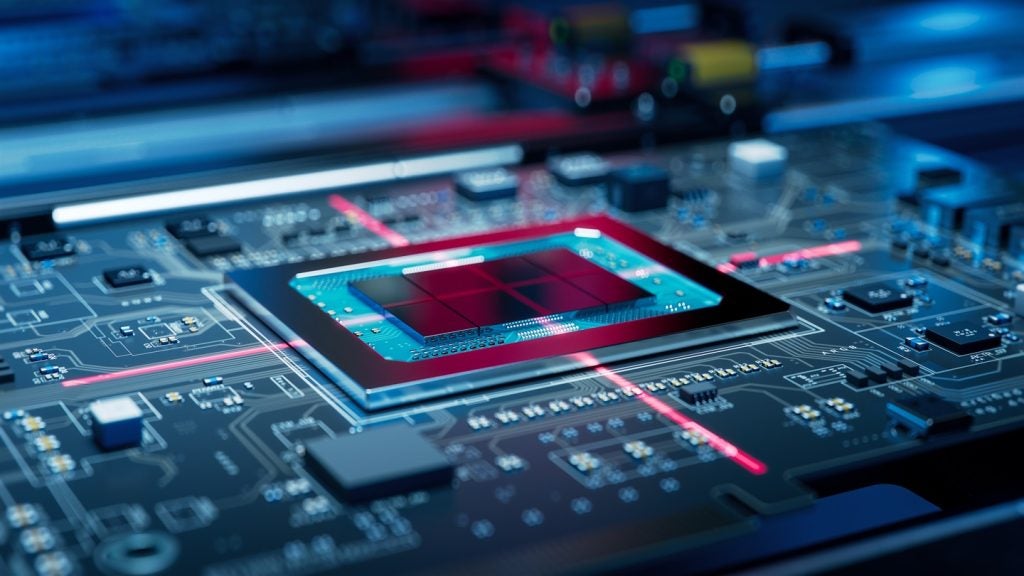GoPro has been granted a patent for an image capture device that can switch between spherical and non-spherical capture modes. In spherical mode, the device generates spherical visual content using multiple image sensors, while in non-spherical mode, it generates non-spherical visual content using a single image sensor. The device automatically switches between modes based on the similarity between depictions captured by different lenses. GlobalData’s report on GoPro gives a 360-degree view of the company including its patenting strategy. Buy the report here.
According to GlobalData’s company profile on GoPro, Property assessment drones was a key innovation area identified from patents. GoPro's grant share as of September 2023 was 75%. Grant share is based on the ratio of number of grants to total number of patents.
Patent granted for an image capture device with switchable modes
A recently granted patent (Publication Number: US11778330B2) describes an image capture device with unique capabilities. The device includes a housing, two image sensors, and two lenses. The first image sensor generates a signal conveying visual information based on incident light, while the second image sensor does the same. The first lens guides light within a specific field of view to the first image sensor, and the second lens does the same for the second image sensor. The device also includes one or more physical processors that operate the device in two modes: spherical capture mode and non-spherical capture mode.
In the spherical capture mode, the device stitches together the visual content from both image sensors to generate spherical visual content. This mode allows for a comprehensive view of the surroundings. In the non-spherical capture mode, the device generates non-spherical visual content that includes either the extent of the first visual content, the extent of the second visual content, or both. This mode allows for a more focused or limited view.
The device automatically switches between the spherical capture mode and the non-spherical capture mode based on certain conditions. For example, the device may switch from the non-spherical capture mode to the spherical capture mode if there is similarity between a depiction captured through the first lens and a depiction captured through the second lens. This could indicate the presence of the same activity or scenery in both visual contents. Conversely, the device may switch from the spherical capture mode to the non-spherical capture mode if the first or second visual content includes a selfie-view of a person.
The patent also mentions spatial and temporal arrangements of the visual content within the non-spherical capture mode. The extent of the first and second visual content can be spatially arranged for simultaneous presentation or temporally arranged for sequential presentation. In the latter case, the arrangement can be based on audio associated with the second visual content, indicating a point of interest in the first visual content.
Overall, this patent describes an image capture device that can switch between spherical and non-spherical capture modes, providing users with versatile options for capturing and presenting visual content.
To know more about GlobalData’s detailed insights on GoPro, buy the report here.
Data Insights
From

The gold standard of business intelligence.
Blending expert knowledge with cutting-edge technology, GlobalData’s unrivalled proprietary data will enable you to decode what’s happening in your market. You can make better informed decisions and gain a future-proof advantage over your competitors.







